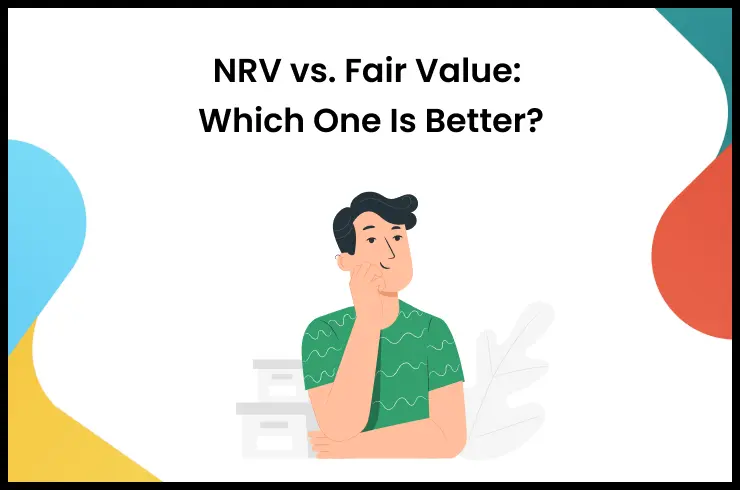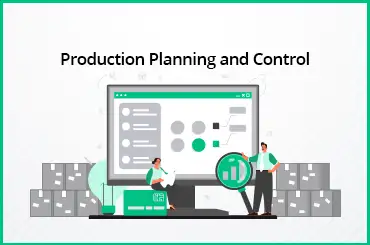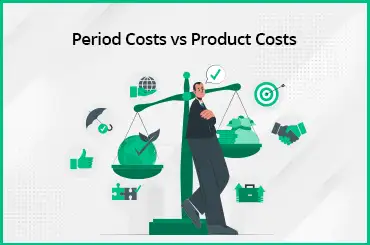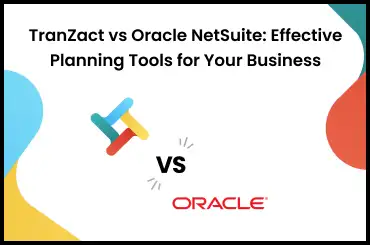Understanding period costs is important for wise decision-making and financial management as a business owner. This article offers valuable information on the importance and effect of period costs on your overall financial business strategy. Read further to understand Period Costs, the factors surrounding their meaning, different types, advantages, and examples.
What Are Period Costs?
Period costs, also known as operating expenses, are expenses that are not directly tied to the production of goods or services. Instead, these costs are added over time and charged during a specific accounting period. Period costs are subtracted from the company's revenue in the period in which they are charged rather than being recorded and allocated to the cost of goods sold (COGS) or inventory.
Understanding Period Costs
When it comes to managerial and cost accounting, period costs include expenses that are not directly associated with or linked to the production of goods or inventory. These costs include items such as selling expenses, marketing outlays, general and administrative (SG&A) expenses, the salary of the CEO, and corporate office rent. These costs lack a direct connection to the production of inventory, and as a result, they are charged in the period in which they are realized or incurred. Any costs that do not relate to the manufacturing of a product (product costs) fall under the category of period costs.
Period Costs Type
Period costs are divided into three groups: historical, current, and pre-determined.
1. Historical Expenses
These are costs connected with past periods. They have already been incurred or spent and are separate from current decision-making processes.
2. Current Expenses
These expenses are linked to the ongoing period. This means day-to-day operational costs or expenses a business faces in its regular operations.
3. Pre-Determined Expenses
These are costs estimated for future periods. Calculated in advance, they play an important role in budget preparation, considering all factors affecting such costs. Examining these costs carefully during the overall decision-making process is very important.
Period Costs Formula
There is no proper formula to calculate total period costs, and recording period expenses doesn't follow a set of rules across all areas. The accountant must carefully review the time-related costs and decide whether they should be included in an income statement. Time cost represents a major portion of indirect costs, making it important for the smooth operation of the business.
But, you can use this formula as a base to calculate the period cost:
Total Period Costs = Selling Expenses+Administrative Expenses+Marketing Expenses+Other Period Costs
Period Costs Example
Here are some period costs examples:
1. Fixed Cost
Fixed costs are the expenses that remain the same even if there is a change in production output over time. Normally, fixed costs include:
- fixed production overhead
- administration overhead.
If the amount produced increases, the fixed cost per item decreases, and vice versa.
Fixed costs are considered time costs and are included in the Profit and Loss Account. They continue to grow, forcing the business to bear them regardless of profit or loss. Examples of fixed costs include salary, rent, insurance, etc.
2. Using Period Expenses to Value Inventory
The weighted average method mixes current and past costs. This makes it hard to know the exact cost of manufacturing a product now.
The First-in, First-out (FIFO) costing method solves this by using the costs of the earliest-made products first. This keeps current costs separate from old ones. In FIFO, old costs of the beginning inventory are moved out all at once, so they don't mix with current costs.
3. Capacity Cost
Costs needed for setting up and keeping production or sales going are known as capacity costs or supportive overheads. Capacity costs are broken down into standby and enabling costs.
- A company's standby costs continue even if it temporarily closes operations or facilities. It includes property taxes, depreciation, and specific executive salaries.
- Enabling costs are not charged if operations shut down but are charged during active operations. Some of these costs may remain the same over the entire output range, while others may vary. For example, a single-shift operation may require only one departmental supervisor, but adding a second shift will call for a second supervisor.
Calculate Period Cost Easily With TranZact
TranZact offers a valuable resource for Indian Manufacturing SMEs needing help with period costs. By using TranZact’s inventory and period costs calculator tools, businesses can manage the challenges of financial management. TranZact helps businesses focus on understanding fixed costs using reliable inventory valuation methods. In addition, knowing and managing capacity costs provides a key advantage for companies looking to improve their financial decision-making processes.
FAQs on Period Cost
1. What separates period costs from product costs?
Period costs are associated with time and are charged in the period they occur. Product costs are directly tied to the production of goods and are typically recorded as inventory or included in the cost of goods sold.
2. How are fixed costs different from variable costs in the context of period costs?
Fixed costs remain the same over a specific period, regardless of production levels, while variable costs fluctuate with the production level. Period costs may include both fixed and variable elements, such as rent (fixed) and sales commissions (variable).
3. What are the examples of period costs in a service industry?
In a service industry, period costs may include administrative staff salaries, marketing expenses, office rent, and utilities. These costs are not directly tied to the production of goods but are necessary for ongoing business operations.
4. How does the FIFO method impact the calculation of period costs?
The FIFO (First-In, First-Out) method separates current period expenses from those in the beginning inventory, providing a clearer picture of the cost of goods sold. This helps in correctly valuing inventory and understanding the current period expenses associated with production.
5. Why is separating historical, current, and pre-determined expenses in period cost analysis important?
Understanding the differences between historical (past), current (present), and pre-determined (future) expenses is important for successful financial planning. Historical expenses are unrelated to current decision-making, while pre-determined expenses involve estimates for future periods, impacting budget preparation and decision-making. Current expenses directly affect the current financial period. Understanding these differences is important for performing a detailed financial analysis.
6. How do you calculate total period costs?
Calculating total period costs involves adding up all the expenses considered period costs for a specific accounting period. Here's a general formula for calculating total period costs: Total Period Costs = Selling Expenses+Administrative Expenses+Marketing Expenses+Other Period Costs














